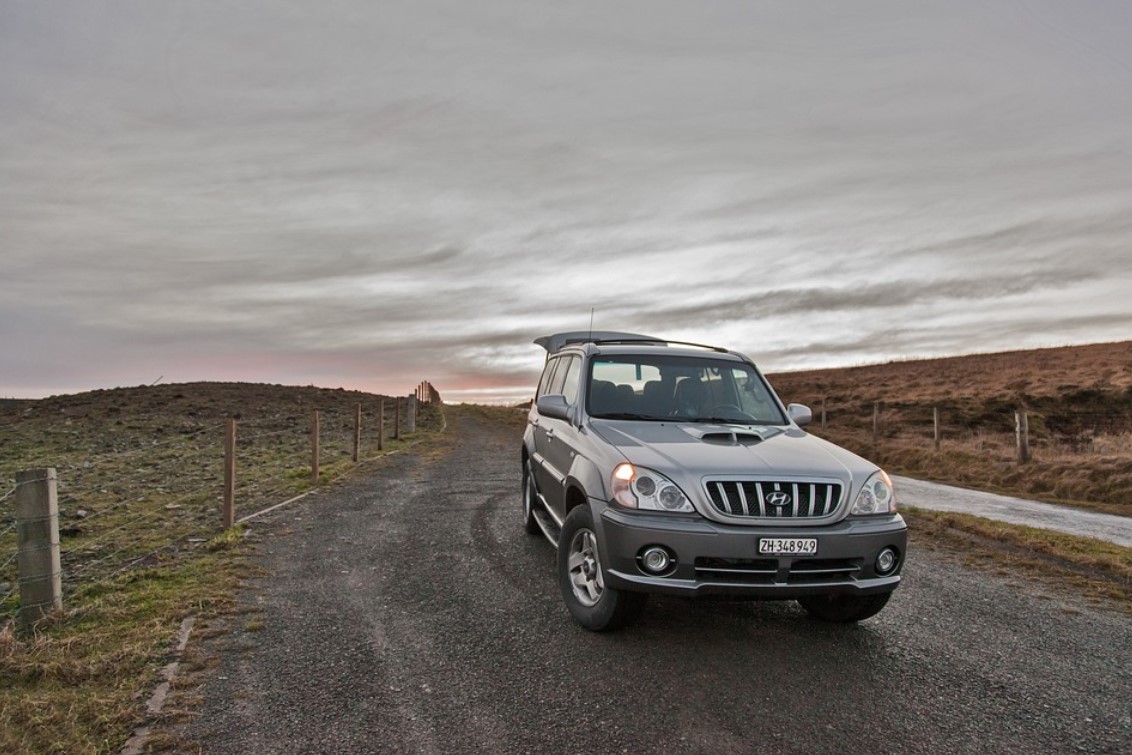
One hundred thousand miles is a significant milestone for any car. At this point, you can expect to start seeing some wear and tear that will need to be addressed. Here are three common repairs you may encounter after hitting the 100K mark.
Brake replacement: The brake pads, rotors, and calipers may need to be replaced
When brake maintenance, it’s essential to keep an eye on when an auto repair may be needed. Rotors and calipers can last up to 100,000 miles without replacement if they are adequately taken care of; however, once that mileage is reached, it’s essential to have them checked out by a qualified technician.
Brake pads need more frequent replacing at around 25,000-50,000 miles depending on the type of driving and how often the brakes are used. Properly maintained brakes mean extended vehicle life and maximum safety for you and your family – so keep an eye on your brakes and know when it’s time for them to be replaced.
Suspension repair: Worn-out suspension components such as shocks and struts may need to be replaced to maintain a smooth ride.
Keeping your vehicle’s suspension system tip-top shape is essential to ensure a smooth ride. When it comes to the components of your vehicle’s suspension, over time, they can become worn out and need to be replaced. Replacing these parts, such as shocks and struts, will help maintain a comfortable driving experience with no rattles or unexpected noises. Keep worn-out suspension components from ruining your next drive.
Engine tune-up: Spark plugs, air filters, and other engine components may need to be replaced to keep the engine running smoothly.
After your car has driven 100,000 miles, it’s officially in need of an engine tune-up! Getting the tune-up done is essential to prevent further repair costs and maintain a smooth-running engine. As part of the process, things like spark plugs, air filters, and other engine components may need to be replaced and upgraded. Regular maintenance checks are recommended to keep your car running optimally and save you from potential long-term expenses. Please take care of that routine check-up, so you can drive for many more miles without worrying.
Transmission service: The transmission fluid may need to be changed, and the transmission may need to be inspected for wear and tear.
After putting your vehicle through its paces and accumulating 100,000 miles on the odometer, think about transmission service. Every car’s system is different, but there are a few key service steps that you may need to consider. The condition of your transmission fluid is essential, and you may need to do a flush if it has become too contaminated or old. Also, an experienced technician should look over any signs of wear that require further attention. Understanding these regular maintenance requirements ensures your vehicle stays in tip-top shape for as long as possible.
Exhaust system repair: The muffler and exhaust pipes may need to be replaced due to rust or corrosion.
Exhaust system repairs are critical to your car’s maintenance and upkeep. While regular oil changes and tune-ups are essential, neglecting routine inspection of your exhaust system can lead to unexpected breakdowns or damage. If rust or corrosion has caused wear and tear to your muffler or exhaust pipes, you may need to replace them. Taking your car in for regular inspections helps you spot potential issues before they become costly replacements. This way, you can keep the engine running smoothly and reduce any expensive surprises down the line.
Taking care of your car is essential if you want it to last. Regularly replacing the engine oil, filter, brakes, and tires will go a long way in prolonging your car’s life. You can stay on top of maintenance and get it fixed before something breaks – by then, it may be too late.


